
Pruning Hydrangeas in the Fall - A Step-by-Step Guide
Published: 10/01/2024 | Updated: 18/12/2025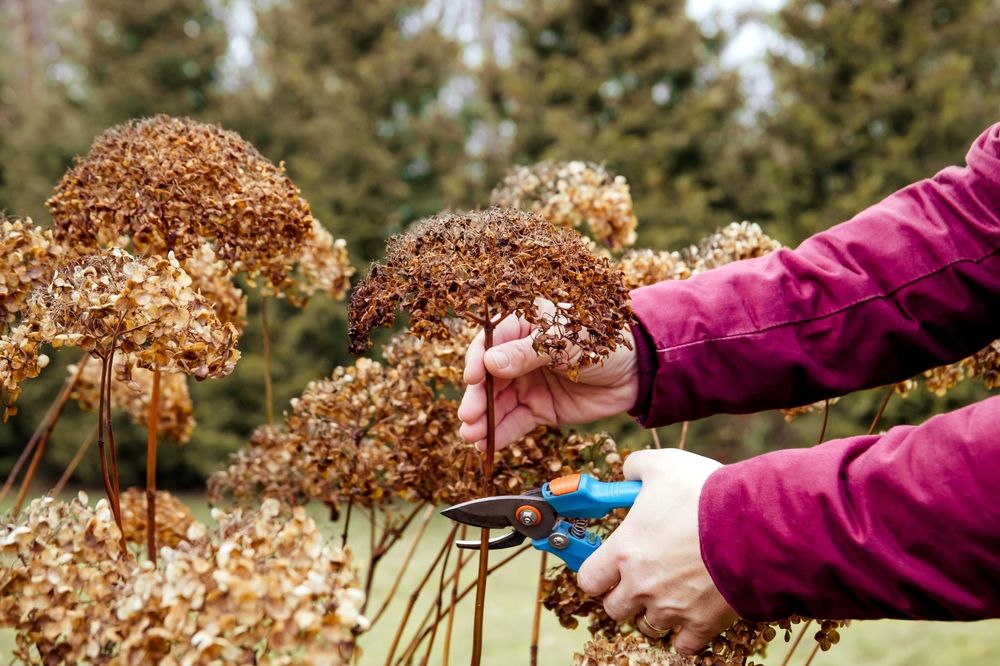
Hydrangeas are one of the most attractive flowering shrubs. That’s why homeowners grow them all the time to give their yards a stylish glow-up and add a touch of grace to their space. But these beautiful plants have one big drawback - they bloom only once a year and then die for the rest of the season. So, what if there was a way to make them bloom twice? There is. Pruning hydrangeas in the fall or early winter after they’ve finished blooming allows them to grow new branches that will produce next year’s flower buds. Follow along as we show you how to do this simple but effective technique that will help keep your hydrangea blooms looking gorgeous year after year!


Step 1: Identify the Type of Hydrangea You Have in Your Backyard
If you're about to prune your hydrangea in the fall, it's important that you know which type you have. However, since there are lots of hydrangeas out there, we are going to cover in this article the six most commonly planted hydrangeas:
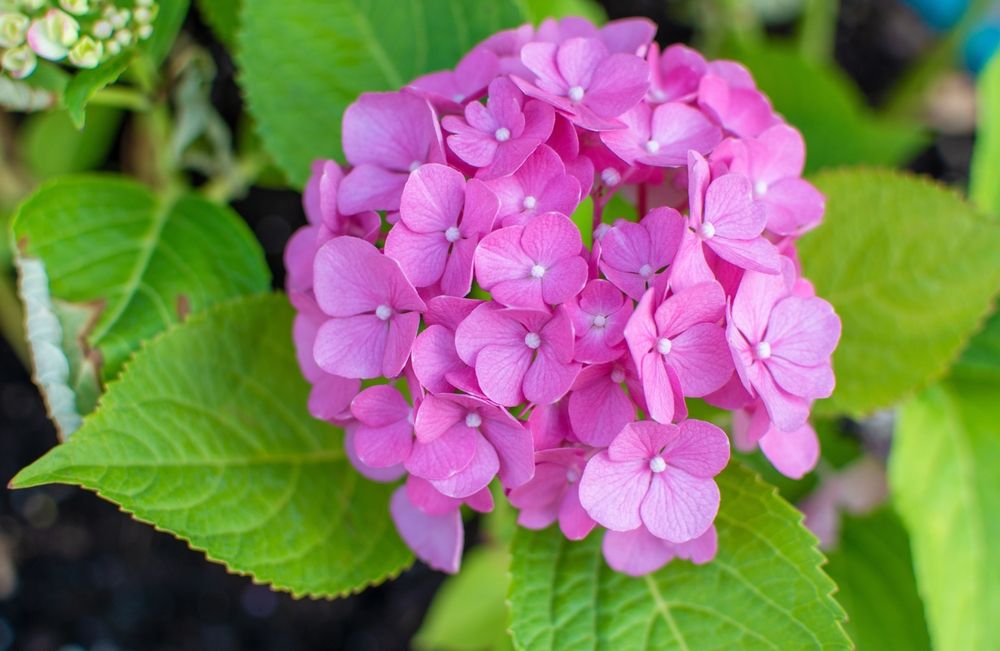
Bigleaf Hydrangeas (Hydrangea macrophylla)
Bigleaf hydrangeas are large shrubs or small trees that range from 5-20 feet tall. They have large leaves that can grow up to 6 inches long by 3 inches wide, with serrated edges and a very distinct shape. Their flowers grow on stems that rise above their foliage and feature five petals (or "rays") with white or pinkish centers, depending on the variety.
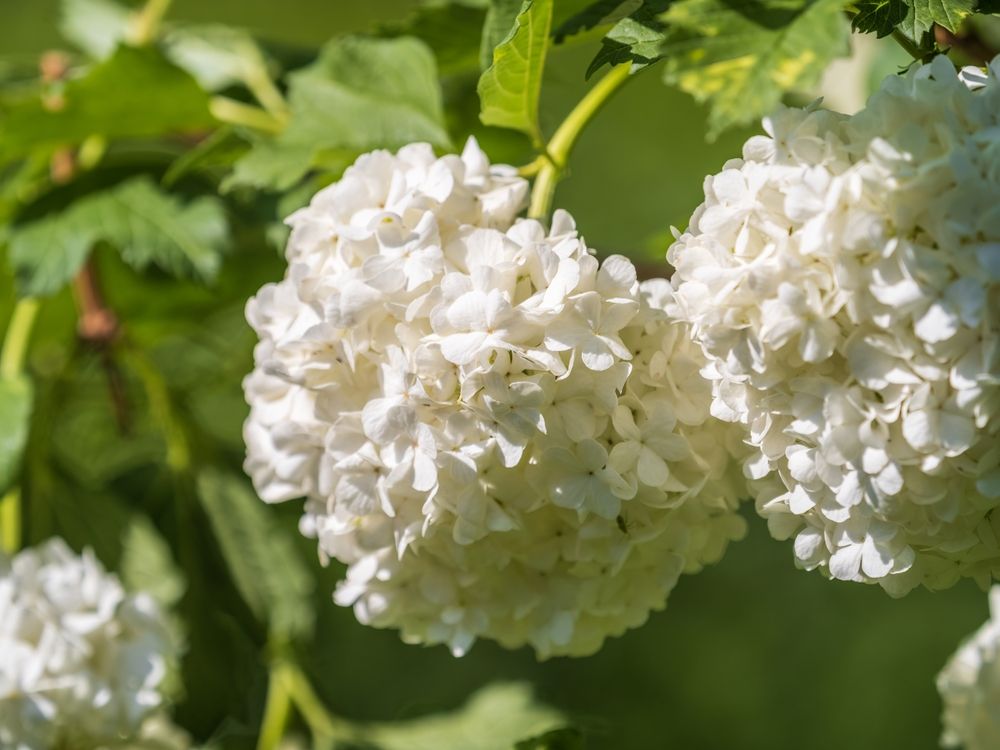
Smooth Hydrangeas (Hydrangea arborescens)
These plants tend toward smaller sizes than bigleaf hydrangeas--usually between 2-4 feet tall--and produce flowers with fewer rays than those found on other types of hydrangeas; typically, only three or four instead of five or six per blossom.
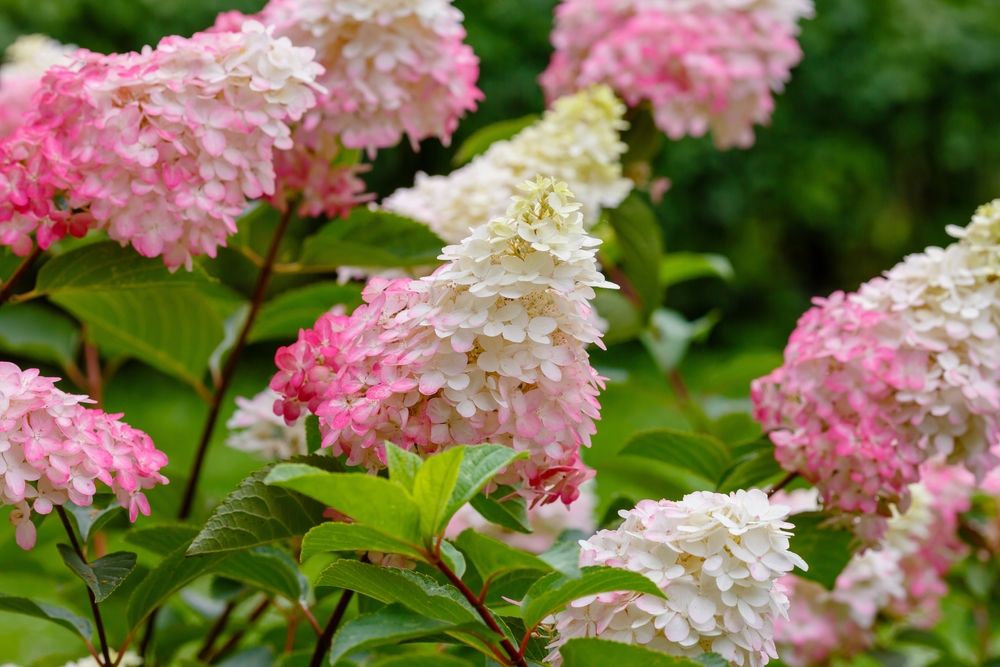
Panicle Hydrangea (Hydrangea paniculata)
Hydrangea paniculata has a flat-topped flower cluster called a panicle. It's usually blue or pink with white centers, but can also be purple or white-and-pink striped (also known as watermelon hues).
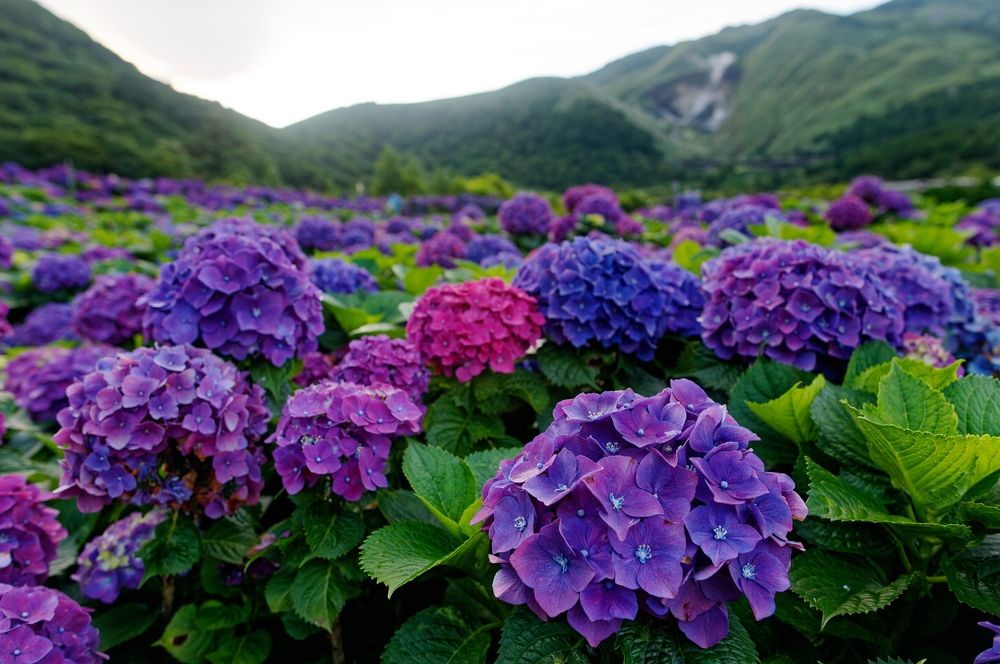
Mountain Hydrangea (Hydrangea serrata)
Hydrangea serrata has rounder clusters called racemes that look more like balls than pom-poms when they're fully open--and they stay open longer than those of Hydrangea paniculata! These come in shades ranging from deep red to pale pink with white centers; some even have leaves with silver veins running through them like little lightning bolts!
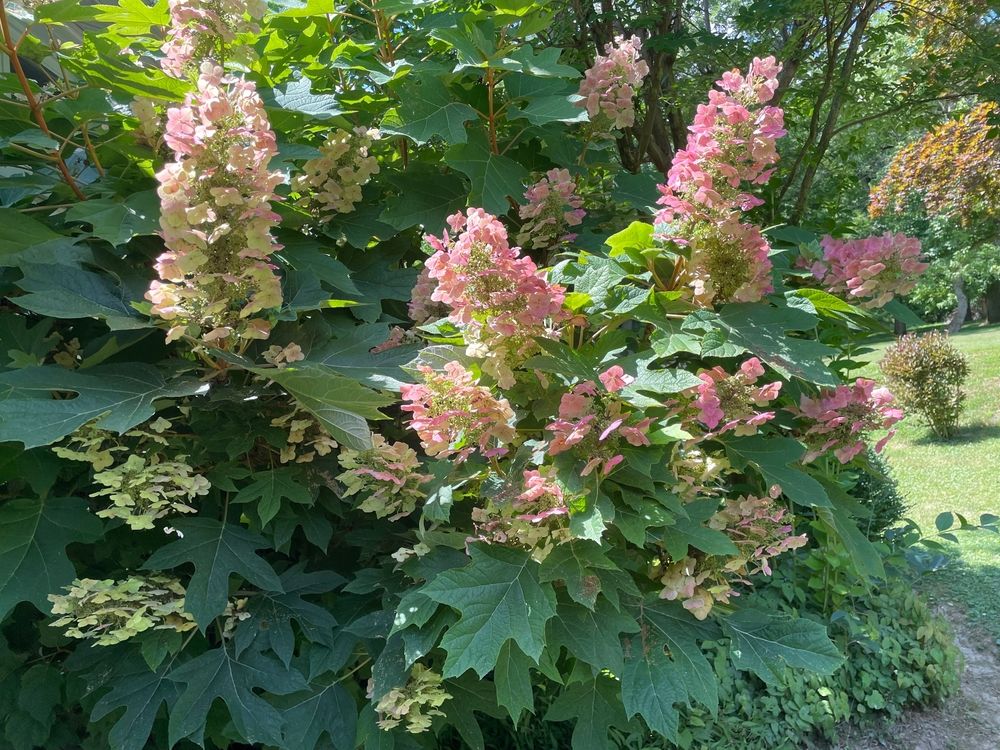
Oakleaf Hydrangea (Hydrangea quercifolia)
Oakleaf Hydrangea is a deciduous shrub that grows to about 6 feet tall and wide. It has large, round leaves that are dark green on top with silvery undersides. The flowers are white or pink with multiple petals and grow in clusters at the end of branches.
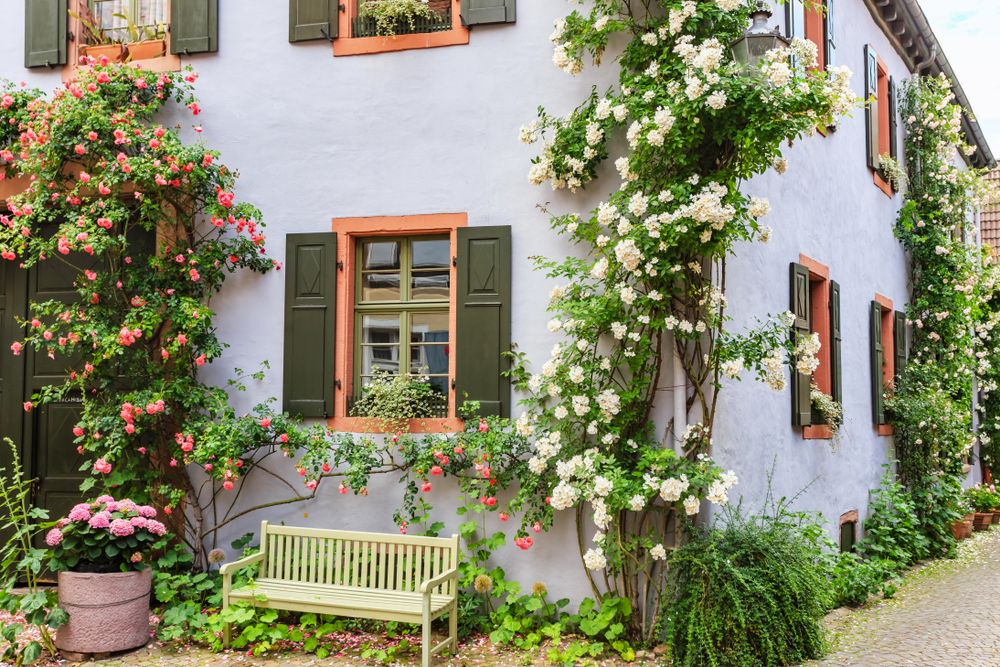
Climbing Hydrangea (Hydrangea petiolaris)
The Climbing Hydrangea reaches anywhere from 5-15 feet tall depending on how it's trained and maintained--the shorter height is more common for this variety though. Like other hydrangeas, it will produce flowers but they're smaller than those found on oakleaf hydrangea plants; they also appear later in spring when temperatures begin warming up rather than early in fall like some other varieties do.
Old Wood Vs. New Wood Hydrangeas
When it comes to hydrangeas, there are two types: those that bloom on old wood and those that bloom on new wood. The former will be ready for pruning in the fall (which we'll discuss below), while the latter should be pruned in late winter or early spring.
Old-wood varieties include H. macrophylla (bigleaf hydrangea) and H. arborescens (pink mophead). They have large leaves that are shaped like oak leaves; they're often used as hedges or shrubs because their size makes them easy to manage. And because they bloom on old wood, these plants need only minimal pruning at this time of year--if any at all!
New-wood varieties include H. paniculata (panicle or lacecap), which has smaller flowers than other types but lots of them; it also grows well in shade with little maintenance required beyond annual fertilization during its first few years after planting.
Step 2: Learn When and How to Prune Each Type
Bigleaf Hydrangeas (Hydrangea macrophylla)
Bigleaf hydrangeas bloom on old wood. This means that the flowers are grown on at least a one-year-old wood, rather than emerging in the spring when new growth begins. So, the best time to prune bigleaf hydrangeas is immediately after the flowers fade.
If you're not sure how to do it, here are some tips:
-
Cut back old stems that have finished blooming, but do not cut off new growth that's still green and growing.
-
Cut away at least half of all stems in your plant (you can cut more if you want a fuller shrub).
-
Remove any dead branches or leaves from the ground below the plant (these can harbor diseases).
Smooth Hydrangeas (Hydrangea arborescens)
To successfully prune your smooth hydrangea, remove all dead or damaged stems and twigs from the previous season, cutting them off at ground level. For best results, do this every year after flowering ends in late summer or early fall before new growth begins again in springtime; otherwise, your plant will become lanky and sparse over time.
Panicle Hydrangea (Hydrangea paniculata)
You should prune your panicle hydrangea in the fall. The best time to do this is between September and November when the plant has gone dormant and its leaves have turned brown.
NOTE: You need to be careful not to prune any parts of the plant that are still green; doing so could cause it harm or kill it!
To prune a panicle hydrangea, begin by cutting any dead or damaged branches off near their base. Then, look at the plant and decide where you want to make cuts, based on how you want it to grow in the future. For example, if a branch is growing straight up and down instead of outwards from the trunk or another branch, cut it back so that it angles outwards instead.
Mountain Hydrangea (Hydrangea serrata)
The best time to prune the mountain hydrangea or serrata, is in late fall when it's dormant. The reason you want to do this is because they have long stems with many buds on them that will remain dormant until springtime if you leave them alone during the fall season and winter months.
The best way to prune your plant depends on how much growth has occurred since last year's trimming session:
-
If there has been no new growth at all (i.e., no leaves or flowers), then just cut back any dead branches near ground level with a sharp pair of scissors or shears.
-
If there has been a moderate amount of new growth, then you'll need to prune back the branches that have grown too tall and thin.
-
If there has been a lot of growth since last year's trimming session (i.e., many new leaves or flowers), then simply cut back any dead branches near ground level.
Oakleaf Hydrangea (Hydrangea quercifolia)
Oakleaf hydrangeas are best pruned at the end of the summer, after the hydrangeas have bloomed out for the season but before new buds appear on the branches.
When pruning oakleaf hydrangeas, the first thing you'll want to do is remove dead or dying branches from the tree by cutting them down close enough so that they don't interfere with other healthy branches on your plant (you may want help from someone else). Then trim back any remaining stems until they're approximately 1 inch above where they join onto other stems - this will prevent the disease from spreading throughout your plant’s canopy by cutting off access routes between infected parts of woody material within its structure.
Climbing Hydrangea (Hydrangea petiolaris)
The best time to prune climbing hydrangeas is late winter or early spring. This is when they're actively growing and will have enough energy to recover from your cuts. If you do this in the fall, the plant has less time to grow new buds before winter sets in and could be more prone to dieback or infection by pests like aphids and caterpillars.
When pruning climbing hydrangea, start at the bottom of the plant where there are fewer leaves (and therefore fewer buds) so that you won't damage them while removing dead wood from above branch tips. Then work upward through each branch section until all dead pieces have been removed--don't worry about shaping yet; just focus on removing any brown material first!
When you've finished pruning climbing hydrangea, there are a few things to keep in mind. The first is that new buds will form on the ends of your branches, so make sure these areas have enough room for growth. Also, if you're looking for more flowers next year (and who isn't?), leave some of the old ones on the plant so they can continue producing.
Step 3: Benefit From the Cut-off Leaves and Debris
Instead of throwing away the dead leaves and branches, consider doing the following:
-
Use the hydrangea's cut-off leaves to mulch your hydrangea plants.
-
Use the leaves to make a compost pile.
-
Use the leaves as a mulch for your vegetable garden or flower beds, or add them directly into the soil where you want them to decompose and improve drainage and fertility (but not on top of newly planted seedlings).
-
Make a leaf mold by layering leaves with hay or straw in an airtight container; keep them in a dark place until they break down into an earthy soil amendment that can be added to containers or used as mulch around perennials and shrubs next spring!
Step 4: Fertilize Your Hydrangeas
Hydrangeas are heavy feeders and need to be fertilized regularly. In spring, summer, and fall, use a balanced fertilizer like 21-5-9 or 12-4-8. Do not fertilize hydrangeas in winter because it will stimulate new growth that may not survive the cold temperatures of winter.
In conclusion, hydrangeas are a beautiful addition to any garden if you want to step up your style game. With just a little bit of pruning in the fall, you will help them bloom better in the spring and throw a show-stopping display. The best way to do this is by knowing what type of hydrangea you have when it needs pruning, and how to do it for the best results. If you follow our step-by-step guide, then your plants should be ready for a captivating springtime blooming.
If you are still not sure how to care for your hydrangea or need some assistance integrating your newly purchased hydrangeas into your landscape design, you can always reach out to ShrubHub. Fueled by a talented team of plant experts and designers, ShrubHub is here to upgrade every homeowner’s outdoor experience, thanks to an endless variety of top-notch designs. Contact our team today to create a delightful space that you and your family can enjoy for years to come!


